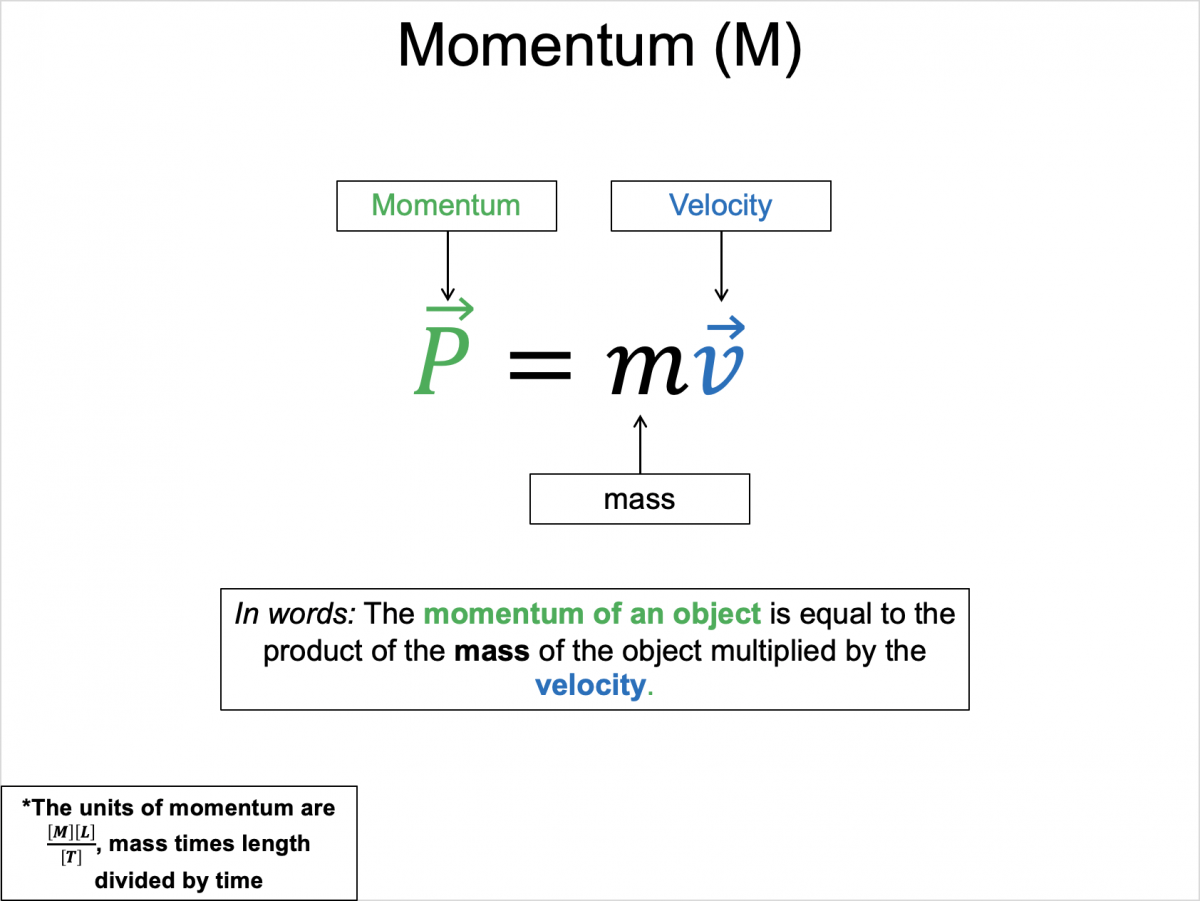Lecture 1 | Impulse & Momentum Theorem
Impulse & Momentum
Lecture 1 | Impulse & Momentum Theorem
Impulse & Momentum
Momentum is equal to the mass multiplied by the velocity: $\vec{p} = m\vec{v}$. The SI units for momentum are kilogram meters per second (kg*m/s). Momentum can be used to determine both the direction and speed of colliding objects.
Check out this short video about the Momentum.
Pre-lecture Study Resources
Read the BoxSand Introduction and watch the pre-lecture videos before doing the pre-lecture homework or attending class. If you have time, or would like more preparation, please read the OpenStax textbook and/or try the fundamental examples provided below.
Momentum | Impulse
Momentum
There is a big difference between a bicycle traveling at 15 mph and a fire truck traveling with the same speed. The truck would be of more interest as it would be much harder to stop. The quantity that scales the velocity of an object by it's mass is called momentum.
$\vec{p} = m \vec{v}$
This realationship allows for small objects moving quickly to have the same momentum as large objects moving slowly. Also notice that momentum is a vector quantity because velocity is a vector quantity. Momentum and velocity must point in the same direction because they are connected by mass, a scalar.
If you are to change the momentum of a system you are going to either change its direction, or magnitude, or a combination of both. An example might be hitting a softball that is lobbed towards you. The velocity of the ball, and thus momentum right before the ball is hit is directed down an angle $\theta$ from the horizontal. After the hit, the velocity (and thus momentum) is increased and has changed directions, angled $\phi$ up from the horizontal in almost the opposite direction. A vector operation diagram describing the change in momentum (Impulse), is below.
OpenStax Section 8.1 | Linear Momentum
OpenStax Section 8.2 | Impulse



